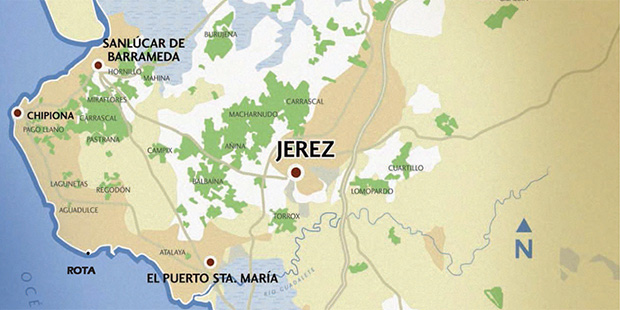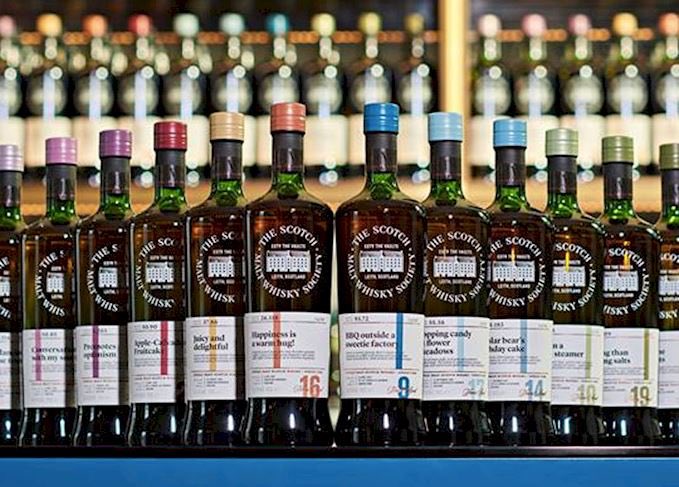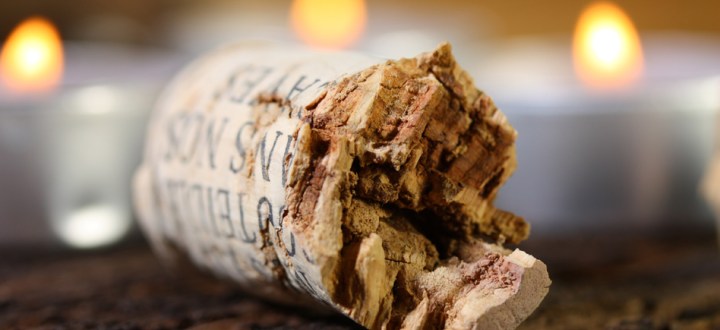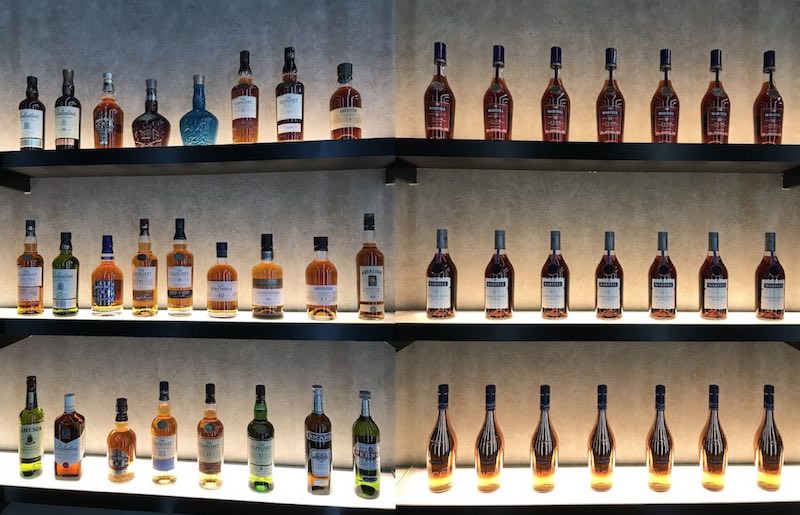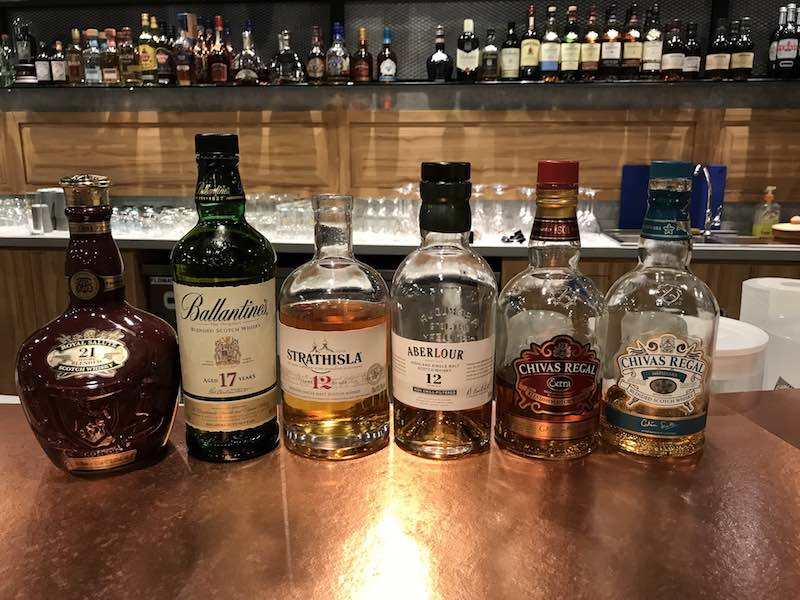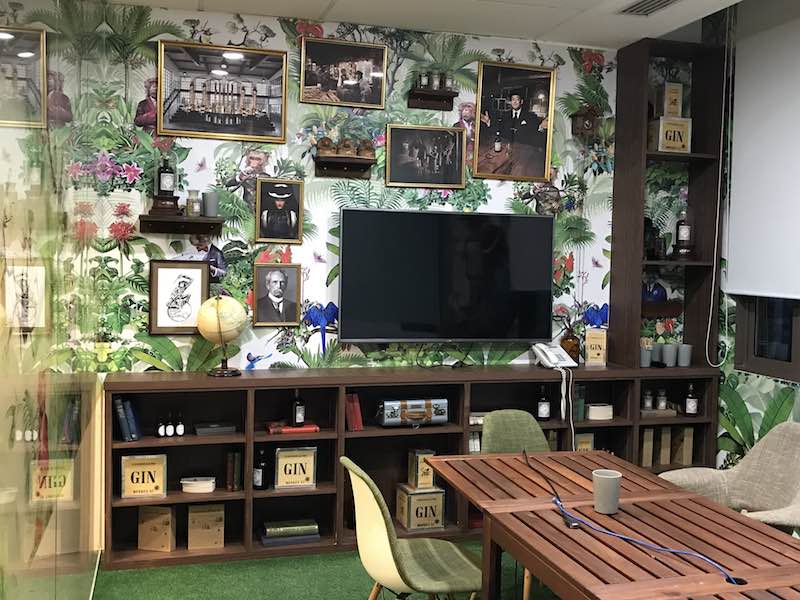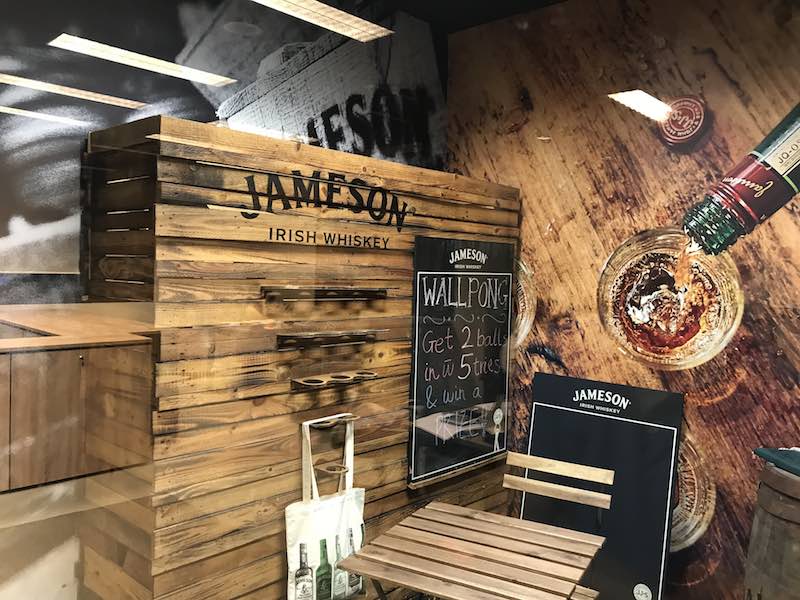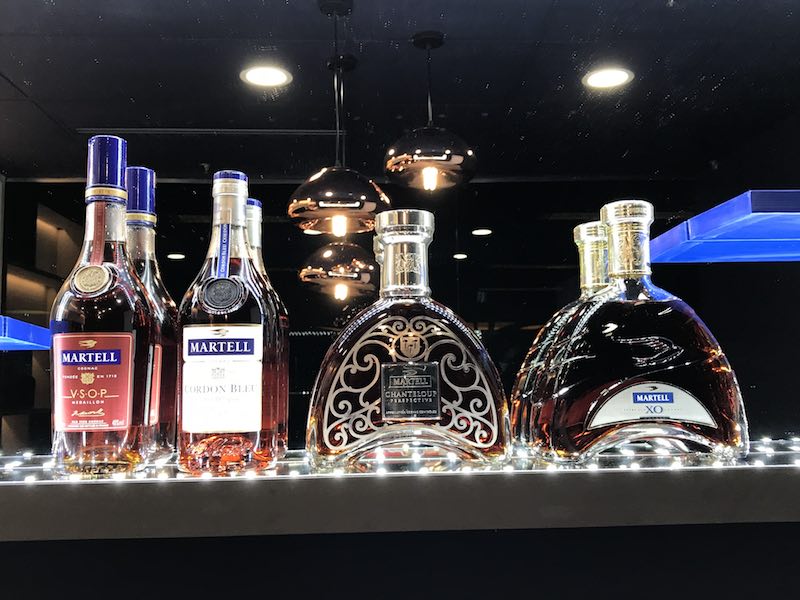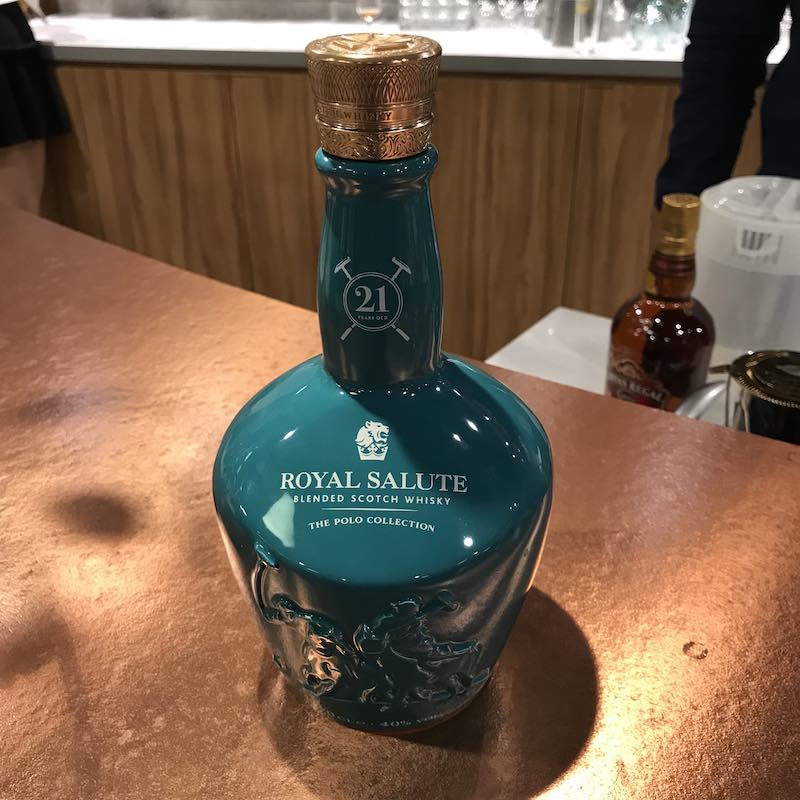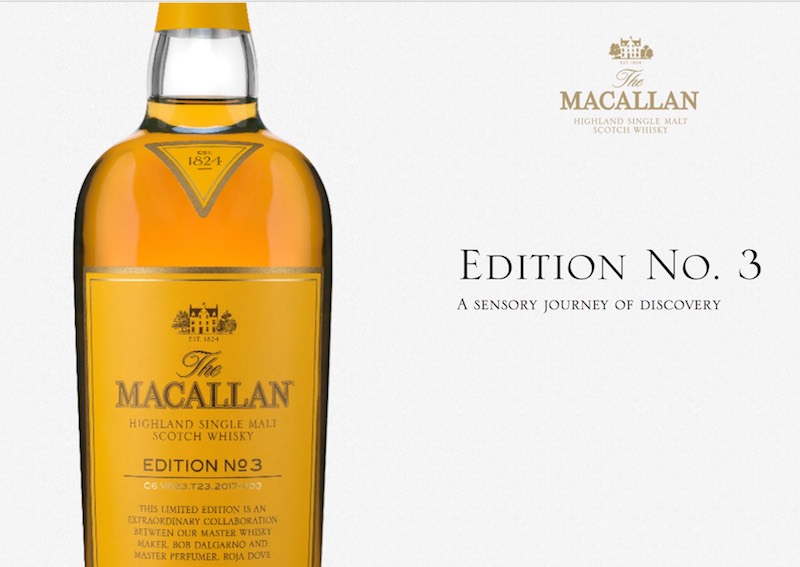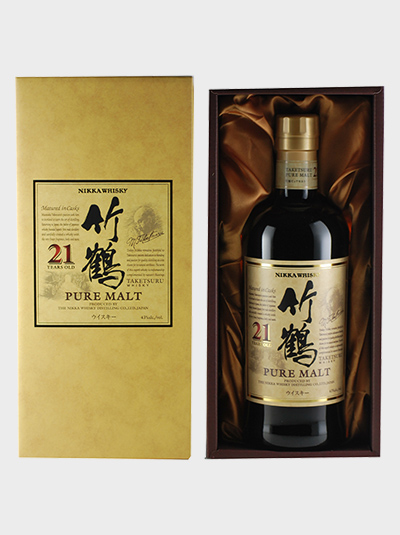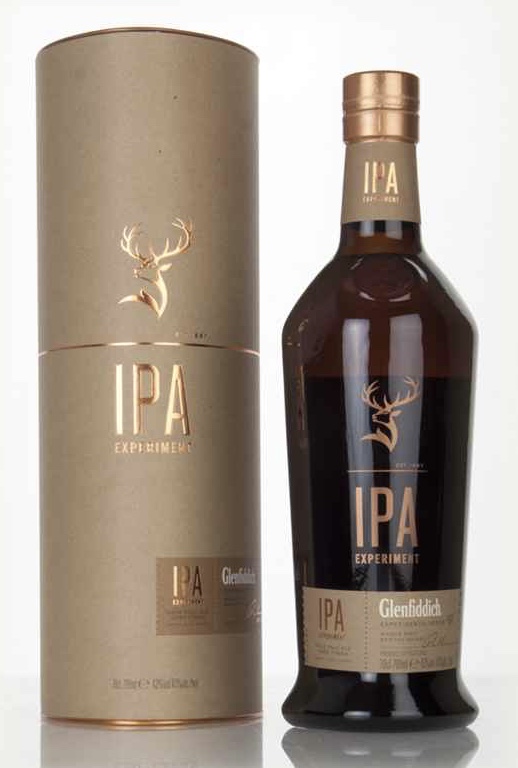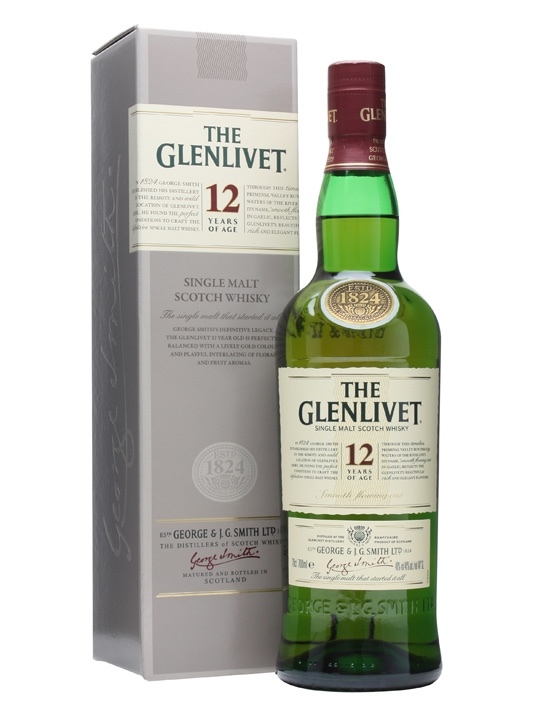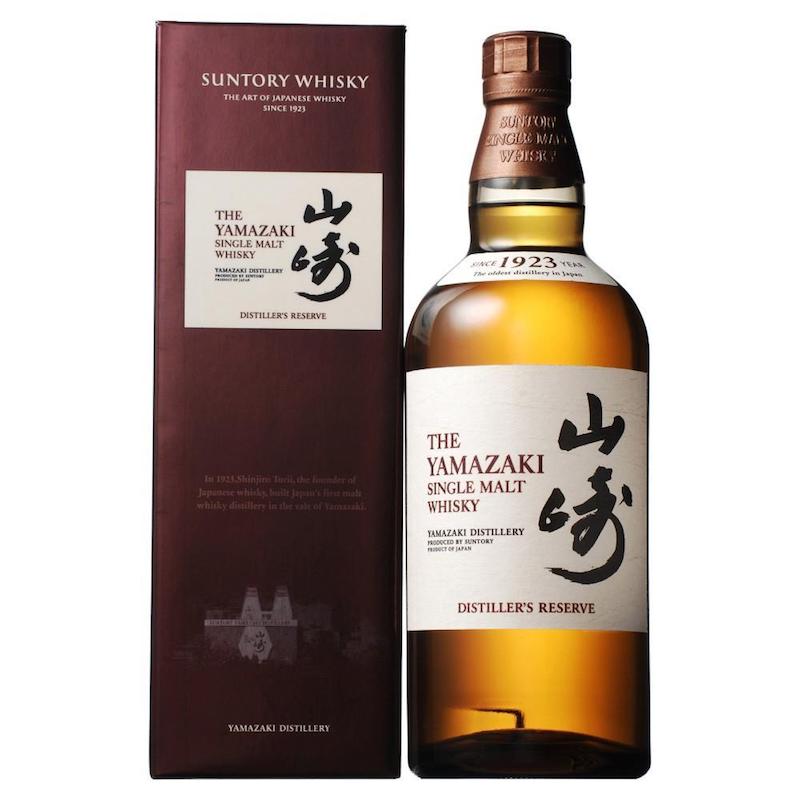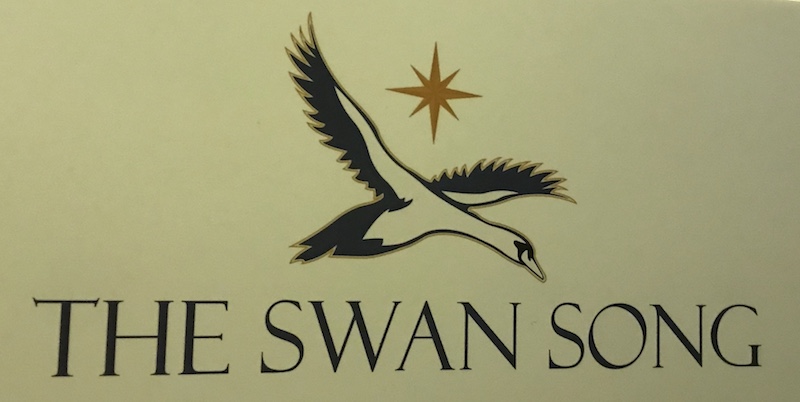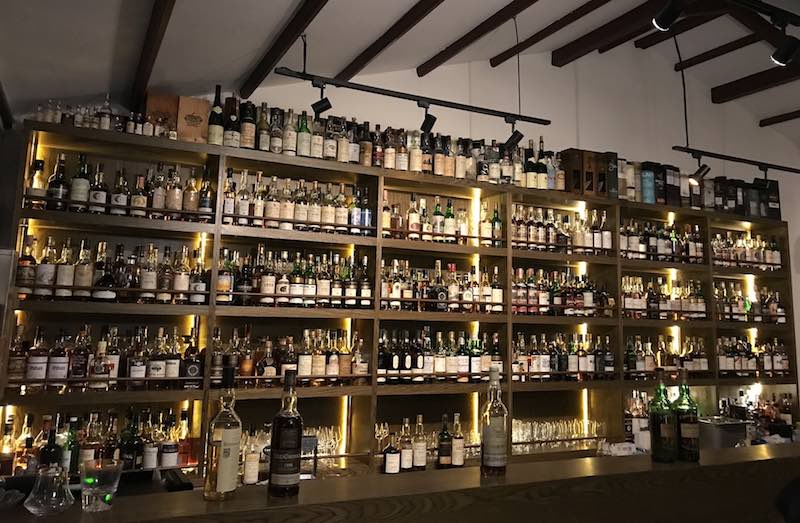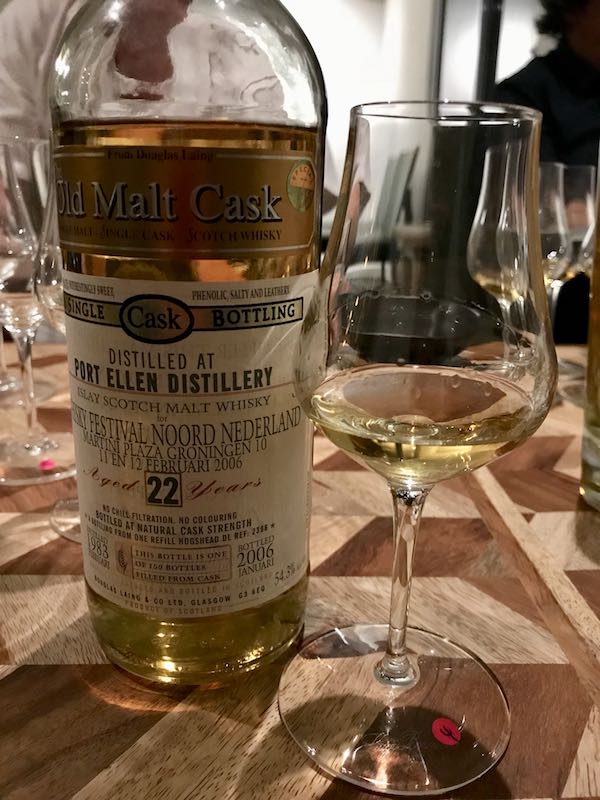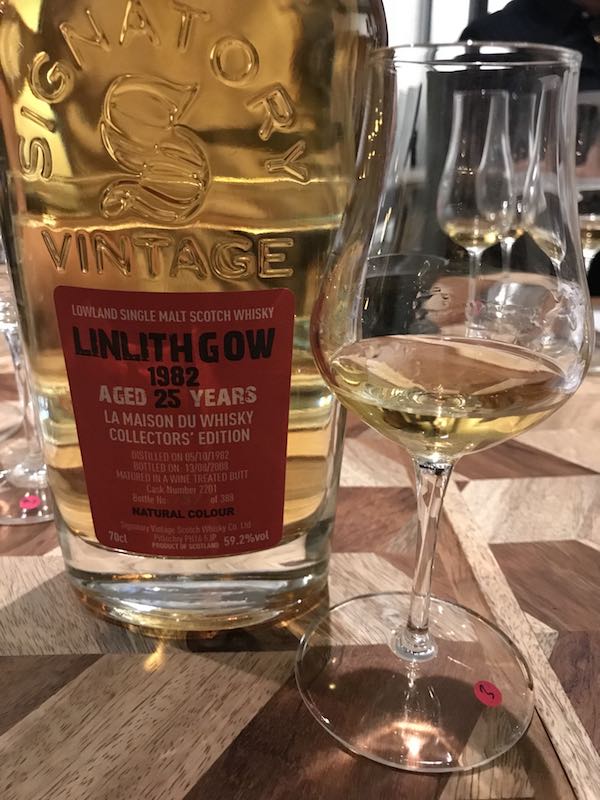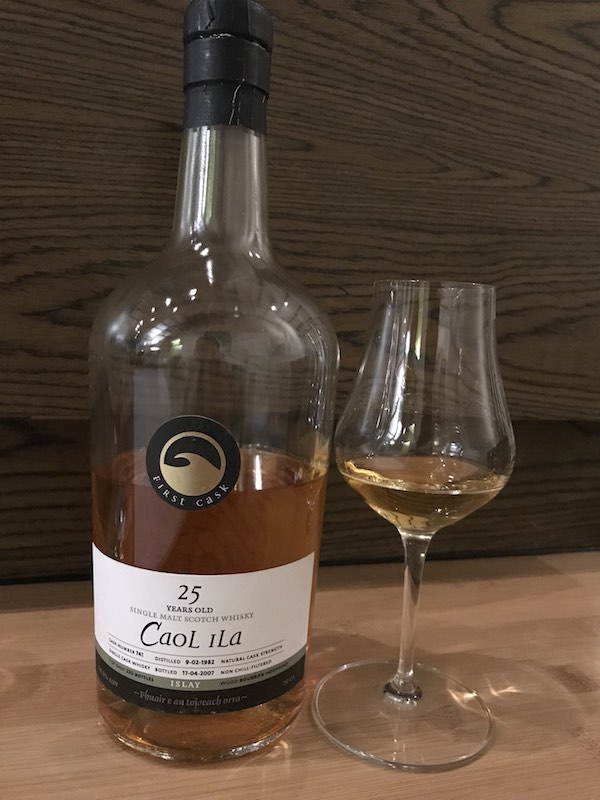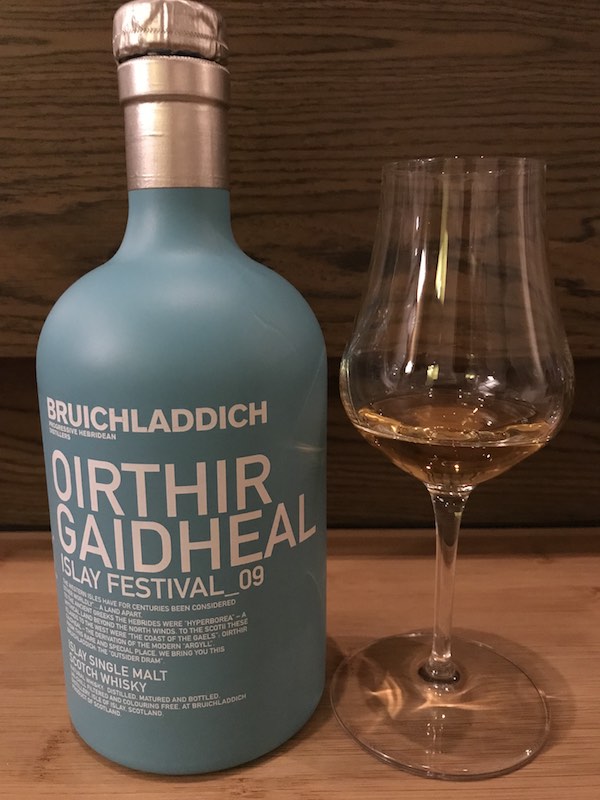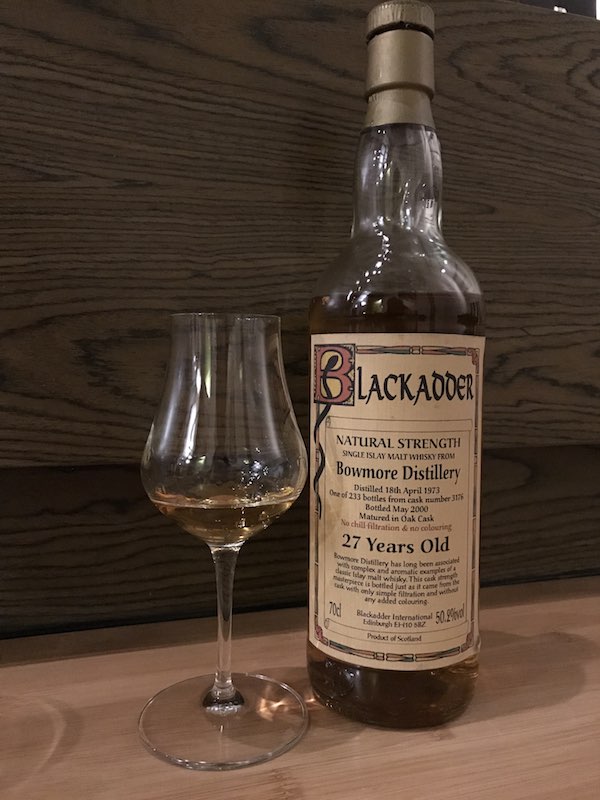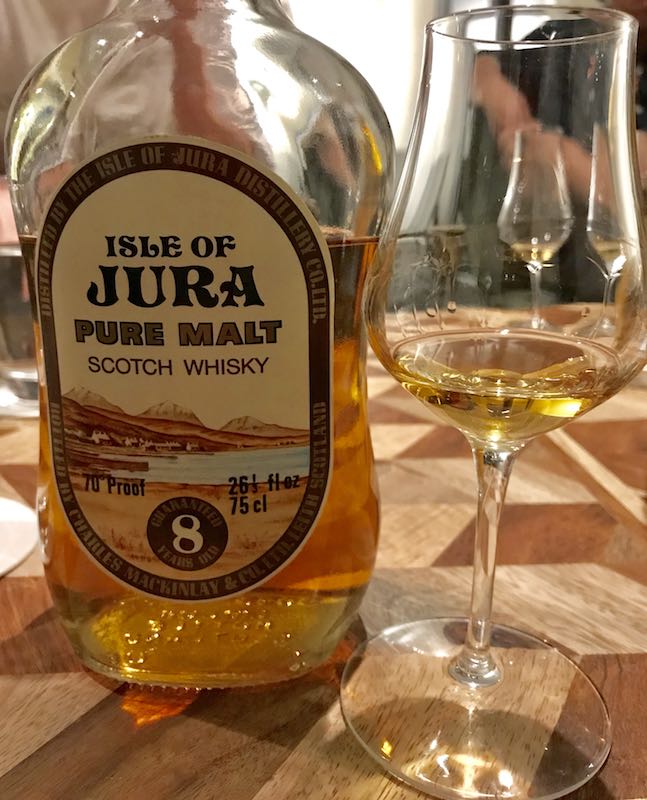Interview: The Guys Behind The Malt Affair
We shared the upcoming TMA Vol. 2 with everyone previously and now let us tell you more about The Malt Affair (TMA) and the guys behind the screen. TMA is an online marketplace which allows you to both buy and sell whiskies. It is also hoped to foster a community where whisky lovers can get to know one another and share a dram privately should they wish to do so. The guys behind TMA has one vision – to provide a platform where anyone can share fine whiskies with strangers, acquaintances, and friends alike. Such a community and marketplace is essential for Singapore’s growing whisky drinkers, and WhiskyGeeks decided to talk to the “headmaster” of TMA – Lucas.
The Story behind The Malt Affair
TMA is the first online whisky marketplace in Singapore, and it is natural that we are curious about how it all started. Geek Flora visited Lucas’ boutique at Downtown Gallery, and lo and behold, it is NOT a whisky shop, but a men’s shoe boutique! Geek Flora was puzzled and thought that perhaps, she had gone to the wrong place! Haha…it was only when she saw Lucas inside the shop that she convinced herself that she did not knock on the wrong door!
Flora soon found out that the shoe business is the primary business for Lucas and Jacky. “Jacky and I have been childhood friends since the age of five. Being neighbours we attended the same school and practically grew up together,” said Lucas. Both of them started the shoe business five years ago, and the company grew with each passing year. Jacky is an avid whisky drinker and suggested that they serve whisky to their clients in the boutique. It has been five years since Lucas started his whisky journey alongside Jacky, and they have never looked back.
Their journey took them to many places and as their interest grew and palates matured, so did their whisky collection. In mid-2017, they identified various gaps in the local whisky scene – there was a genuine lack of an outlet for private collectors to resell their whiskies in Asia and Singapore in particular. Simultaneously, the lack of a strong community in today’s fragmented whisky market all further affirmed their belief that they must do something.
The Birth of The Malt Affair
Jacky’s current neighbour, Kris, is also a whisky fanatic. Through their regular whisky sessions together at the shoe boutique, they met like-minded individuals who shared their passion and love for whisky. It was then the idea of The Malt Affair materialised. As the trio explored the plan, the possibility of doing the business began to take shape. A fourth partner, Colin, was co-opted as a technology officer, joined in the party and one thing led to another. In August 2017, The Malt Affair was born.
TMA Vol. 1
Right after launching TMA, the self-professed maltheads decided to introduce themselves to the whisky community through an event that they firmly believed in. That was the birth of TMA Vol. 1 – a wholly-independent whisky event featuring a carefully curated selection of whiskies. They held the event in November 2017. As new players in the market, TMA received much support from the local community, including online sellers and private collectors, who graciously offered their bottles of rare and modern whiskies to be exhibited and sold at TMA Vol. 1. The event was a success! Both seasoned whisky drinkers and beginners enjoyed their time spent at the event, and the positive vibes from everyone encourage the team at TMA.
TMA Vol. 2
With the success of TMA Vol. 1, the team behind it began to craft the next event. The guys wanted TMA events to be a companion to whisky drinkers so that the journey is less daunting. Therefore, they decided that a half-yearly event is excellent as a yearly event may be too far apart for people to remember and use as a reference point in their journey. With that thought, the trio began planning for TMA Vol. 2. This event will happen in May 2018 – if you need more information, read our article on this upcoming event! We promise that you will not be disappointed.
Building a Whisky Community
Lucas, Jacky, Kris and Colin have a similar mission as WhiskyGeeks, and that is to create a community of whisky lovers, particularly in Singapore. Singapore may be a small country, but many of us are whisky drinkers. Lucas shared that they found many whisky lovers through running their boutique in the shoe industry, and realised that these whisky drinkers and collectors do not know one another. It is a pity that so many of us drink and love whisky, but there isn’t a community among us. Taking a reference point from Europe, Lucas shared that he hopes that slowly but surely, Singapore and the rest of Asia can build a whisky community that is as closed-knitted as the one we find in Europe today.
While we may not have many whisky experts in Singapore, we have many in the industry who know much about whisky. In Lucas’ viewpoint, this group of knowledgeable people is the key to building a closely knitted whisky community. As long as these people are approachable and willing to share, a community can be formed. The fragmentation of whisky lovers is not due to just one factor, but a combination of many Khoon Hui, the bar owner of Quaich Bar Singapore, as well as Brendan, the co-founder of The Single Cask, both expressed thoughts akin to Lucas’ belief of a fragmented whisky community too.
TMA is, therefore, looking to build a community that can share ideas, thoughts and drams with one another, both on a big scale and a smaller, private scale among friends. It will, hopefully, decrease the fragmentation and bring whisky lovers together as one.
The Future of TMA
We spoke extensively about the future and what TMA can achieve as a community. As TMA Vol. 2 is coming up, our conversation steered into the future events of TMA. Lucas shared that they started TMA Vol. 1 with the intention of hosting 100 attendees, and 120 people turned up. Lucas had to reject some others as the venue was unable to take them all. With their experience with Vol. 1, the team sourced for a bigger place to accommodate a larger crowd. They hope that it will give more people a chance to attend the event and find a wide range of lovely drams to drink at the event and also to bring home for later enjoyment.
Flora asked if Lucas hopes to one day, run a more significant event like the whisky fair she attended in Kaohsiung last year, and Lucas replied that yes, of course. If TMA grows steadily, they will eventually do that. “However, I want to ensure that we never lose sight of the spirit and purpose of the event – which is to be THE forum in Singapore for learning and sharing great whisky, not for profit. To this extent, we have taken firm measures to ensure that the pricing of the whisky exhibited by collectors at Vol. 1 and Vol. 2 is fair and not opportunistic. Should TMA grow bigger, I will endeavour to ensure this remains the case.”
We are sure that it will happen! Lucas, Jacky and Kris have their hearts in the right place.
Excited about TMA Vol. 2?
Now that you know more about The Malt Affair and the team behind it, feel free to check out their website and the facebook page of their upcoming TMA Vol. 2! We hope that our article about the event and this interview have gotten you excited and raring to attend. Geek Flora and Geek Choc are heading to TMA Vol. 2, so if you spot us at the event, do come on over to say hi!
Like what you have just read?



